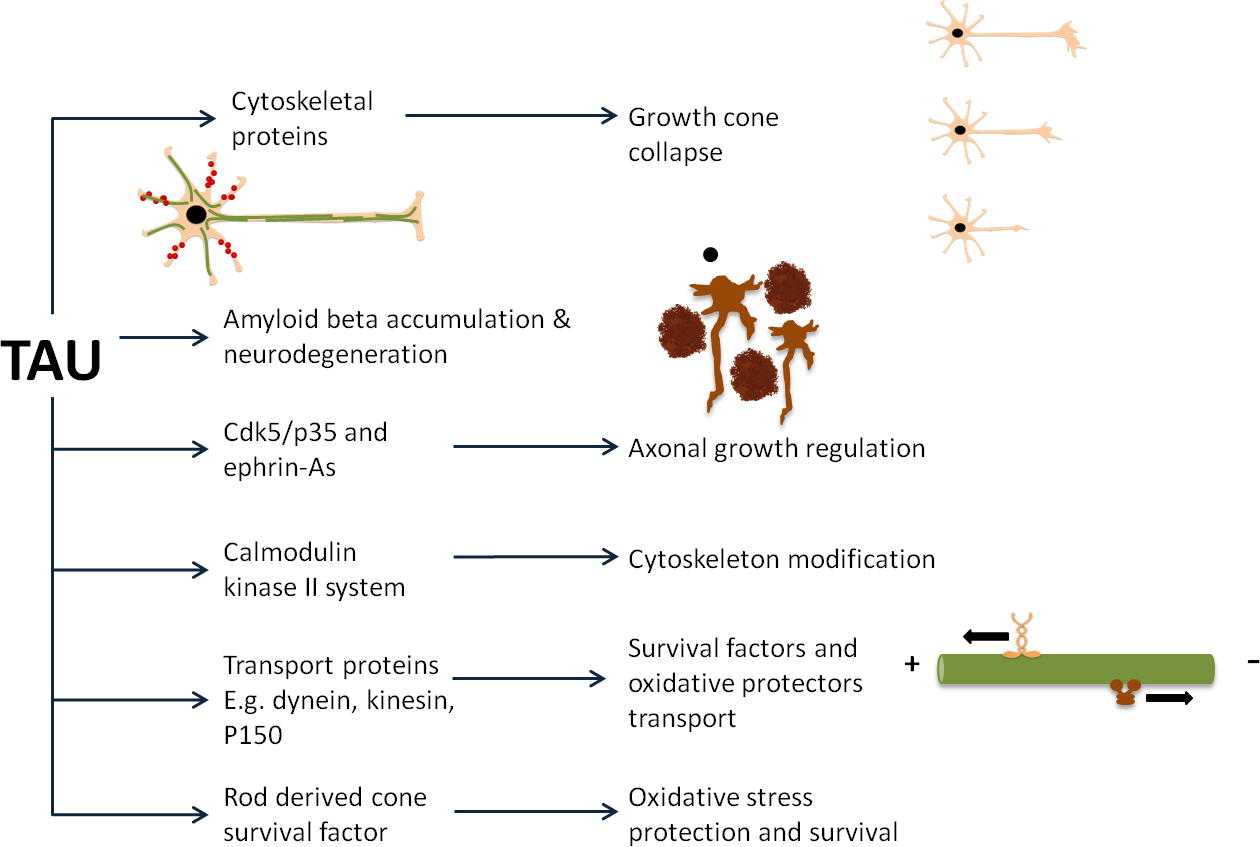Figure 1. Schematic diagram summarizing the roles of tau in retinal functions. Tau can stabilize microtubules. Any distortion of tau
protein leading it leaving microtubules can result in growth cone collapse. Beta-amyloid (Aβ) is another example to trigger
phosphorylation of tau. As a result, tau departs from microtubule resulting in neurodegeneration. Apart from Aβ as a triggering
factor, any stimulation of signaling cascade of cyclin-dependent kinase 5 (cdk5), Eph family receptor interacting protein
A (ephrin-A) receptor, or calcium/calmodulin dependent protein kinase II (CaM KII) affecting phosphorylation of tau can also
affect microtubules. Once tau leaves microtubules after phosphorylation, they can easily form aggregation, which can further
impair axonal transport mediated by kinesin or dynein. Consequently, mitochondria in the distal part of nerve, nerve terminal
or spines cannot obtain protection from the cell body (soma) so that they are collapse and cannot produce energy. Neurodegeneration
can unavoidably occur. Tau also interacts with rod-derived viability factor that can inhibit phosphorylation of tau.

 Figure 1 of
Ho, Mol Vis 2012; 18:2700-2710.
Figure 1 of
Ho, Mol Vis 2012; 18:2700-2710.  Figure 1 of
Ho, Mol Vis 2012; 18:2700-2710.
Figure 1 of
Ho, Mol Vis 2012; 18:2700-2710. 